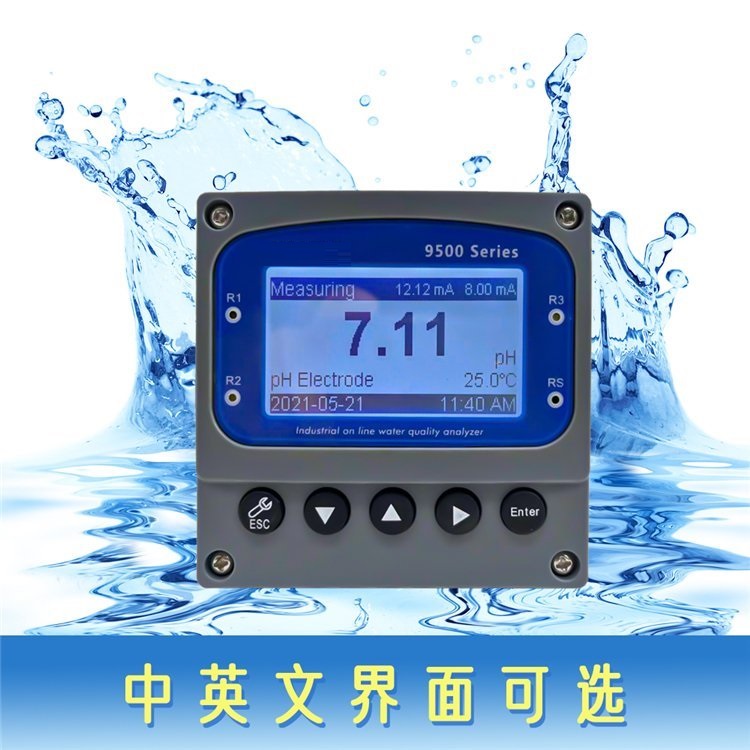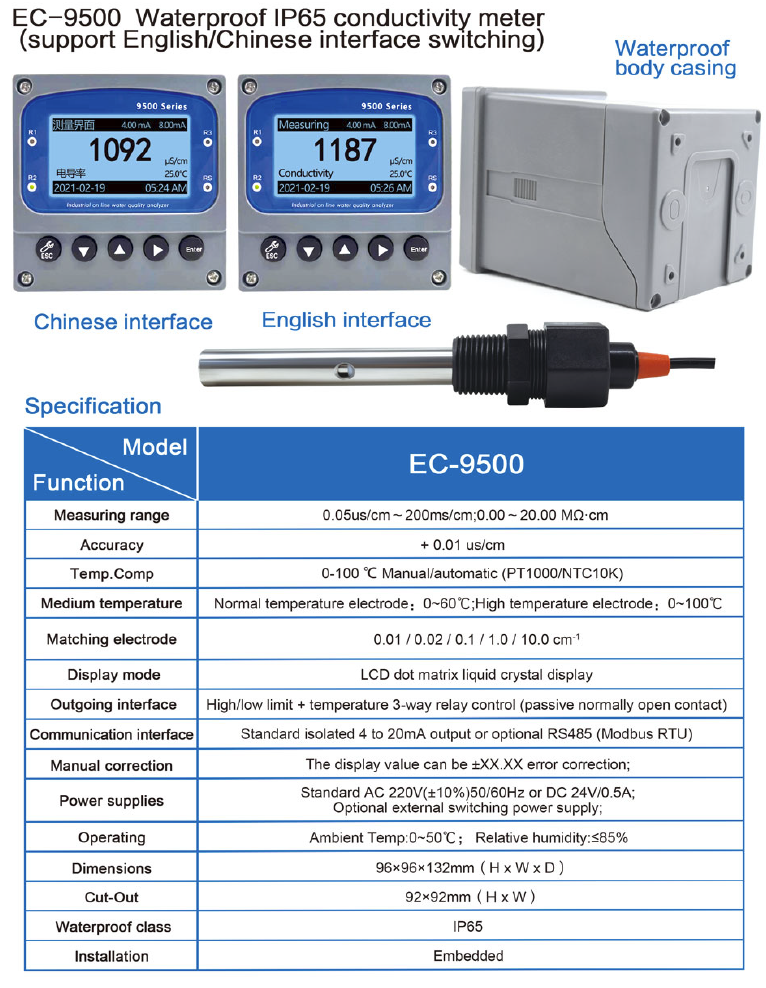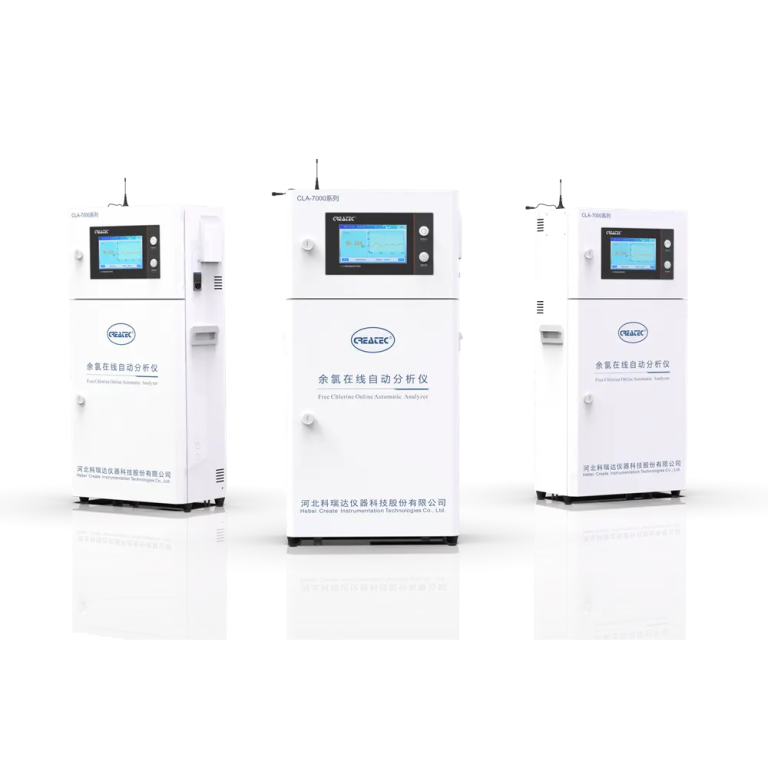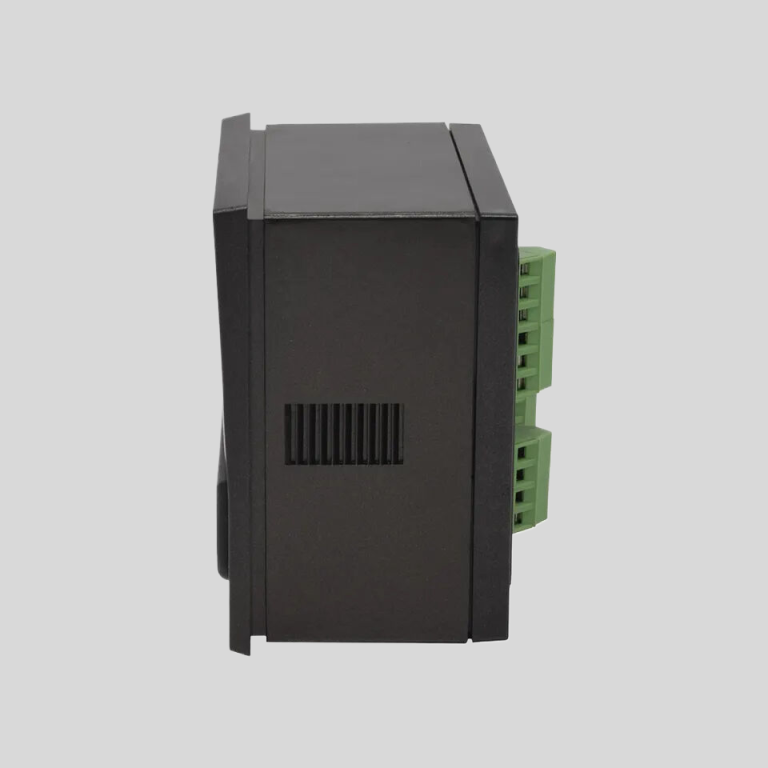Table of Contents
The Importance of Regular Water Quality Testing for Homeowners
Water quality monitoring and maintenance are essential aspects of homeownership that often go overlooked. Many people assume that the water coming out of their taps is safe to drink and use without question. However, without regular testing and maintenance, the quality of your water can deteriorate over time, leading to potential health risks for you and your family.
One of the main reasons why regular water quality testing is important is to ensure that your water is free from harmful contaminants. Contaminants such as bacteria, lead, pesticides, and nitrates can find their way into your water supply through various means, including agricultural runoff, industrial pollution, and aging infrastructure. These contaminants can pose serious health risks if consumed in high concentrations, leading to illnesses such as gastrointestinal issues, neurological disorders, and even cancer.
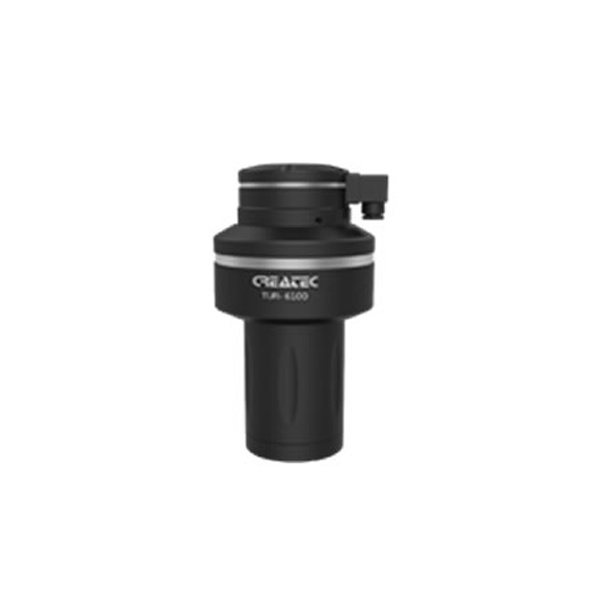
By regularly testing your water for contaminants, you can identify any potential issues early on and take the necessary steps to address them. This may involve installing a water filtration system, replacing old pipes, or adjusting your water treatment methods. Without regular testing, you may not be aware of the presence of contaminants in your water until it’s too late, putting you and your family at risk of exposure.
In addition to ensuring that your water is free from harmful contaminants, regular water quality testing can also help you monitor the overall health of your water supply. Changes in water quality can be indicative of larger issues such as leaks in your plumbing system, changes in water sources, or problems with your water treatment equipment. By monitoring your water quality on a regular basis, you can catch these issues early on and prevent them from escalating into more serious problems.
Another important reason to regularly test your water quality is to comply with regulations and guidelines set forth by local and national authorities. Many municipalities have regulations in place that require homeowners to test their water for certain contaminants on a regular basis. Failure to comply with these regulations can result in fines, penalties, or even legal action. By staying on top of your water quality testing, you can ensure that you are in compliance with all relevant regulations and avoid any potential consequences.
| Model | CCT-8301A Conductivity/Resistivity/TDS/TEMP Online Controller |
| Constant | 0.01cm-1, 0.1 cm-1, 1.0cm-1, 10.0 cm-1 |
| Conductivity | (500~100,000)uS/cm,(1~10,000)uS/cm, (0.5~200)uS/cm, (0.05~18.25) MΩ·cm |
| TDS | (250~50,000)ppm, (0.5~5,000)ppm, (0.25~100)ppm |
| Medium Temp. | (0~180)°C(Temp.Compensation: Pt1000) |
| Resolution | Conductivity: 0.01uS/cm, 0.01mS/cm; Resistivity: 0.01MΩ·cm; TDS:0.01ppm, Temp.: 0.1℃ |
| Accuracy | Conductivity: 1.5%(FS), Resistivity:2.0%(FS), TDS: 1.5%(FS), Temp.: +/-0.5℃ |
| Temp. compensation | With25°C as standard under normal medium; With 90C as standard under high temp medium |
| Communication port | RS485 Modbus RTU protocol |
| Analog output | Double channel (4~20)mA. Instrument/Transmitter for selection |
| Control Output | Triple channels photo-electronic semiconductor relay switch, Load capacity: AC/DC 30V,50mA(max) |
| Working Environment | Temp.(0~50)℃; relative humidity <95%RH (non-condensing) |
| Storage Environment | Temp.(-20~60)℃;Relative Humidity ≤85%RH (none condensation) |
| Power Supply | DC24V+/-15% |
| Protection Level | IP65 (with the back cover) |
| Dimension | 96mmx96mmx94mm(HxWxD) |
| Hole Size | 9lmmx91mm(HxW) |
| Model | EC-1800 online conductivity controller |
| Range | 0-2000/4000uS/cm 0-20/200mS/cm |
| 0-1000/2000PPM | |
| Accuracy | 1.5%, 2%, 3%(FS) |
| Temp. Comp. | Automatic temperature compensation based on 25℃ |
| Oper. Temp. | Normal 0~50℃; High temp 0~120℃ |
| Sensor | C=0.1/1.0/10.0cm-1 |
| Display | 128*64 LCD Screen |
| Communication | 4-20mA output/2-10V/1-5V/RS485 |
| Output | High/Low limit dual relay control |
| Power | AC 220V±10% 50/60Hz or AC 110V±10% 50/60Hz or DC24V/0.5A |
| Working Environment | Ambient temperature:0~50℃ |
| Relative humidity≤85% | |
| Dimensions | 96×96×100mm(H×W×L) |
| Hole Size | 92×92mm(H×W) |
| Installation Mode | Embedded |
In conclusion, regular water quality testing is a crucial aspect of homeownership that should not be overlooked. By testing your water for contaminants, monitoring changes in water quality, and complying with regulations, you can ensure that your water supply is safe and healthy for you and your family. If you have not already done so, consider scheduling a water quality test with a certified laboratory to assess the quality of your water and take the necessary steps to maintain it. Your health and well-being depend on it.
Top Tips for Maintaining Clean and Safe Drinking Water in Your Household
Water quality monitoring and maintenance are essential aspects of ensuring clean and safe drinking water in your household. With increasing concerns about water contamination and pollution, it is crucial to take proactive steps to protect the health of your family. In this article, we will discuss some top tips for maintaining clean and safe drinking water in your household.
One of the first steps in ensuring water quality is to regularly test your water for contaminants. There are various testing kits available that can help you determine the levels of bacteria, lead, pesticides, and other harmful substances in your water. By testing your water regularly, you can identify any potential issues and take appropriate measures to address them.
In addition to testing your water, it is important to properly maintain your water supply system. This includes regularly inspecting and cleaning your water storage tanks, pipes, and filters. Over time, sediment, rust, and other debris can build up in your water system, leading to contamination. By cleaning and maintaining your water supply system, you can prevent these issues and ensure that your water remains clean and safe to drink.
Another important aspect of water quality monitoring and maintenance is to be aware of any potential sources of contamination in your area. For example, if you live near a farm or industrial facility, there may be a higher risk of water contamination from pesticides, fertilizers, or chemicals. By being aware of these potential sources of contamination, you can take steps to protect your water supply, such as installing a water filtration system or using a water treatment device.
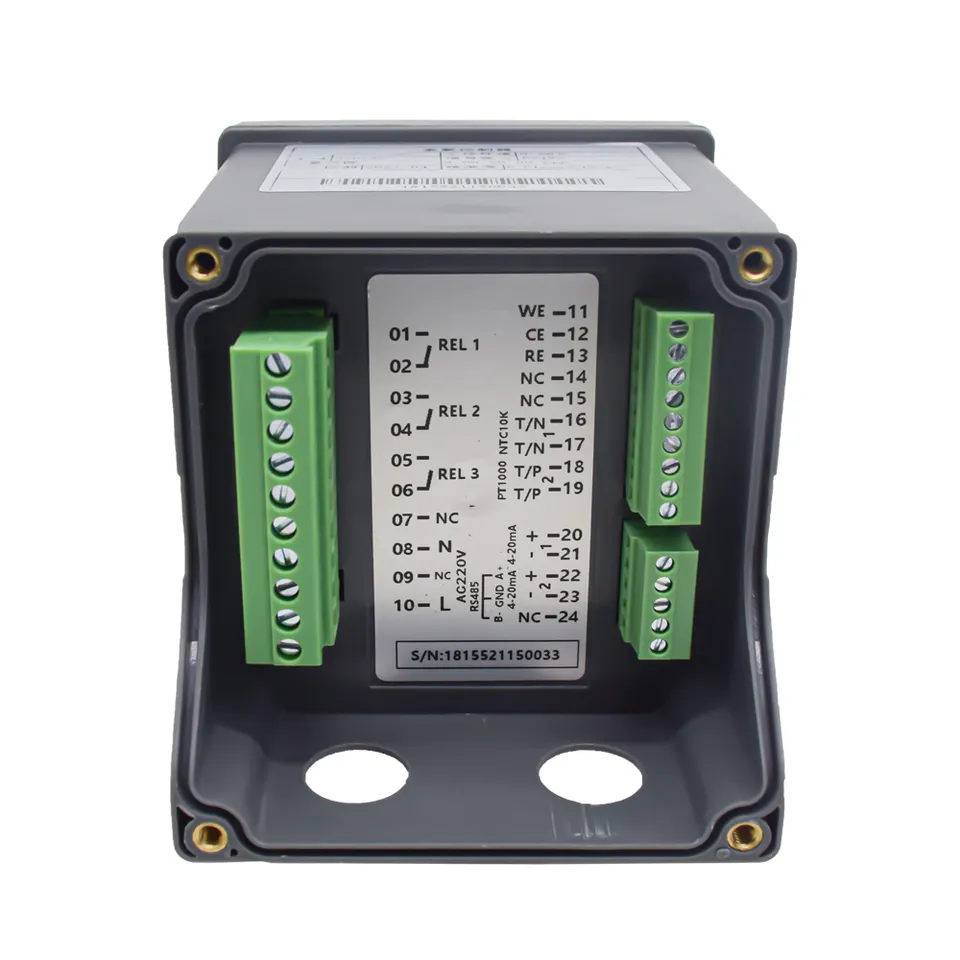
It is also important to be mindful of your water usage habits and how they can impact water quality. For example, using harsh chemicals or cleaning products near your water supply can lead to contamination. Similarly, disposing of medications or household chemicals down the drain can also pollute your water. By being conscious of your water usage habits and making environmentally-friendly choices, you can help maintain clean and safe drinking water in your household.
In addition to monitoring and maintaining your water quality, it is important to stay informed about any water quality issues in your area. This includes staying up-to-date on any water advisories or alerts issued by local authorities. If there are any concerns about water quality in your area, it is important to take appropriate precautions, such as boiling your water before drinking it or using a water filtration system.
Overall, water quality monitoring and maintenance are essential for ensuring clean and safe drinking water in your household. By regularly testing your water, maintaining your water supply system, being aware of potential sources of contamination, and staying informed about water quality issues, you can protect the health of your family and enjoy clean and safe drinking water. Remember, clean water is essential for good health, so it is important to take proactive steps to maintain water quality in your household.


